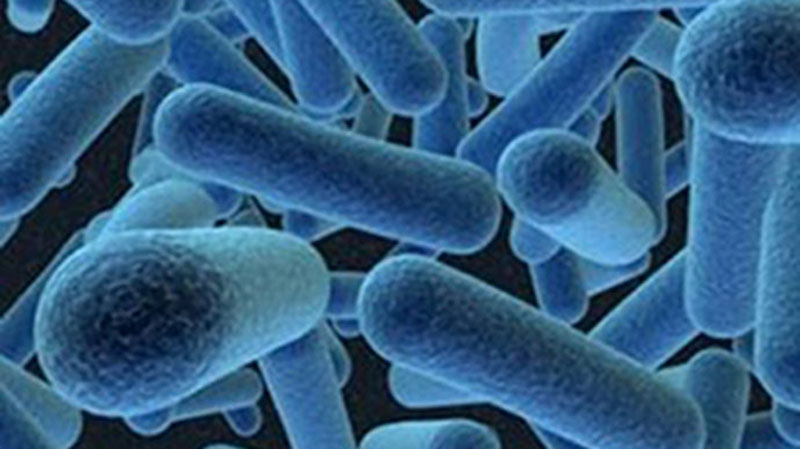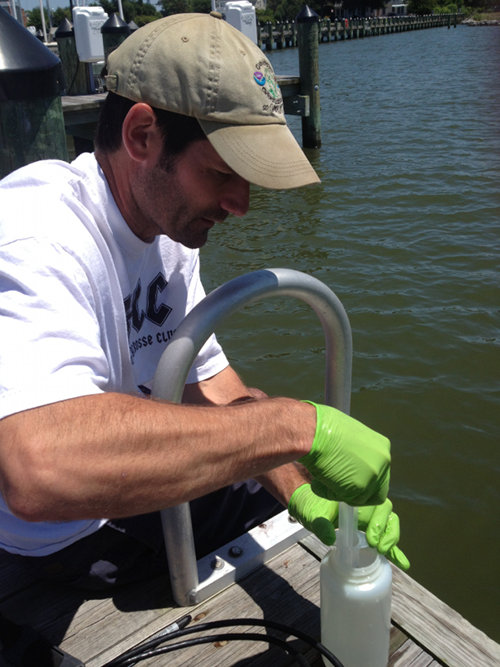
Marine scientists are gearing up for international Ocean Sampling Day on June 21. On this day scientists will collect water samples from different spots in the ocean around the world.
The goal of Ocean Sampling Day is to provide fundamental information on microbial diversity, distribution, number, and function in the ocean. This will be done by sequencing the genetic material of the different types of marine microbes and by establishing a baseline for measuring how their populations are changing over space and time.
Microbes—a broad category of living organisms that includes viruses, bacteria, fungi, and phytoplankton—are found everywhere: in our digestive systems, in the soil, and in the ocean. Research is increasingly finding that they have an important role in our health as well as in the functioning of our planet.
In the ocean, microbes comprise 98 percent of the biomass and play many roles, including serving as the base of the food chain and controlling much of the flow of marine energy and nutrients. Up to a million of these tiny organisms can live in just one milliliter of seawater—they are only about 1/8,000th the size of a human cell, with a diameter of about 1/100th of a human hair.

Electronic image of Archaea (Prokaryotes) which is one of the oldest form of life on Earth. Image courtesy of echezabalperiod2.wikispaces.com Download image (jpg, 64 KB).
Microbes are very sensitive to changes in their environments, and because they reproduce quickly, communities of microbes can rapidly adapt and evolve in response to changes in their environments. This makes them key to understanding ocean health and how it is changing.
In the U.S., sampling is taking place off the coasts of Washington, southern California, Florida, and Georgia (including in two national marine sanctuaries), as well as in Delaware Bay, the Gulf of Mexico, Chesapeake Bay, and Lake Erie—a total of 15 different sites. NOAA’s National Marine Fisheries Service, Office of Oceanic and Atmospheric Research, and National Ocean Service are participating in this effort.

Dr. John Jacobs (NCCOS NOS) sampling the Chesapeake Bay site during the OSD summer 2013 pilot project. Image courtesy of NOAA. Download larger image (jpg, 3.4 MB).
All of the scientists taking samples worldwide will follow the same procedure: they will collect at least 10 liters of water from the ocean at a one-meter depth. They will also collect other information about the site at the time of sampling, such as pH temperature, and salinity.
The water will then be filtered through special filters to collect microbes. The filters will be frozen and sent to Max Planck Institute for Marine Microbiology in Bremen, Germany, where the DNA will be extracted and sequenced.
River Sampling Day, a spinoff of Ocean Sampling Day that focuses on freshwater, will also take place on June 21.